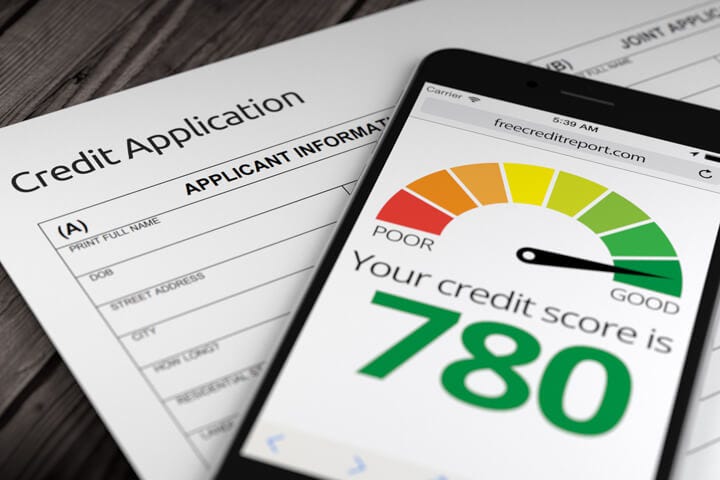In today’s digital era, understanding credit scores and loans is more important than ever. Whether you’re planning to buy a home, a car, or simply want to establish a healthy financial life, mastering the ins and outs of credit and borrowing can set you up for long-term success. This guide breaks down everything you need to know about credit scores and loans in clear, simple language. Let’s explore how you can build strong credit and navigate loans confidently in this fast-paced digital world.
Understanding Credit Scores: The Backbone of Your Financial Health
Your credit score is a three-digit number that reflects your creditworthiness. It’s the key metric lenders use to decide how risky it is to lend you money. Generally, credit scores range from 300 to 850, with higher scores indicating better creditworthiness.
Credit scores are influenced by several factors:
- Payment History: Timely payments boost your score, while missed or late payments harm it.
- Credit Utilization: This is the percentage of your available credit that you actually use. Lower utilization (typically below 30%) is better.
- Length of Credit History: The longer your credit accounts have been open, the more reliable you appear.
- Types of Credit: A mix of credit types, such as credit cards, loans, and mortgages, can positively influence your score.
- Recent Credit Inquiries: Frequent applications for new credit may lower your score temporarily.
Why Credit Scores Matter More Than Ever Digitally
In the digital age, applying for loans, credit cards, or even rental agreements is often done online. Lenders use automated systems that rely heavily on your credit score to make quick decisions. A strong credit score gives you access to better loan terms, lower interest rates, and higher borrowing limits. Conversely, a low score can restrict your financial options and increase borrowing costs.
Building and Maintaining a Healthy Credit Score
Building a solid credit score takes time and discipline. Here are actionable tips to help you in this digital era:
- Pay Bills On Time: Set reminders or automatic payments to ensure you never miss due dates.
- Keep Credit Balances Low: Regularly monitor your credit card balances and try to keep utilization under 30%.
- Avoid Opening Too Many Accounts: Each application can temporarily dip your score.
- Keep Older Accounts Open: They contribute positively to your credit history length.
- Check Your Credit Report Regularly: Use free online services to catch inaccuracies or signs of fraud early.
Loans in the Digital Age: What Has Changed?
Getting a loan today is faster, easier, and more transparent than ever before thanks to digital technology. Online loan platforms allow borrowers to compare offers, check eligibility, and apply within minutes. Digital records and automated underwriting cut down paperwork and shorten approval times significantly.
Types of Loans You Can Access Digitally
- Personal Loans: For debt consolidation, emergencies, or big purchases.
- Home Loans (Mortgages): Usually offered with competitive rates and flexible tenures.
- Auto Loans: Designed specifically for vehicle purchases.
- Student Loans: Help finance education and come with flexible repayment plans.
- Payday and Short-Term Loans: Quick cash but often with higher interest rates—use cautiously.
Key Tips for Loan Management in the Digital Era
- Compare offers: Use online tools to compare interest rates, fees, and repayment terms.
- Understand Your Loan Terms: Read all conditions carefully before signing.
- Use Digital Tools to Track Payments: Many apps alert you of upcoming payments and help budget expenses.
- Avoid Over-Borrowing: Borrow only what you need to maintain financial stability.
- Leverage Online Customer Support: Use chat and email for queries and assistance.
The Impact of Digital Credit Scores and Alternative Data
Traditional credit scores rely mostly on banking and credit card history. But digital innovation introduces alternative data like utility bills, rental payments, and even social payment apps into the scoring process. This broadens credit access for many who were previously underserved, such as young adults or gig economy workers. Staying consistent with these payments can now help build or improve your credit profile in the digital age.
Protecting Your Financial Identity Online
With increased digital financial interactions, cybersecurity is crucial. Protect your credit and loans by:
- Using Strong, Unique Passwords for financial accounts.
- Enabling two-factor authentication wherever possible.
- Monitoring credit reports frequently for signs of identity theft.
- Avoiding sharing sensitive information via unsecured channels.
- Being cautious of phishing scams and fake loan offers.
Future Trends: How AI and Big Data Are Shaping Credit and Lending
Artificial intelligence and big data analytics are transforming credit decisions and loan underwriting. These technologies can analyze vast amounts of data quickly to provide personalized loan offers, better risk assessment, and faster approvals. Staying informed about these trends can help you leverage new tools and products that fit your financial needs closely.
Conclusion: Take Charge of Your Financial Future Now
Mastering credit scores and loans in this digital age is about being informed, proactive, and cautious. Build a strong credit score by managing your finances responsibly, use digital tools wisely, and approach loans with knowledge and confidence. Doing so will unlock financial opportunities and empower you to achieve your goals with ease.
Your financial wellbeing is in your hands—start today by checking your credit score, reviewing your loan options online, and creating a plan for a stronger financial future.
Call to Action:
Ready to take control of your financial journey? Check your credit score today, explore tailored loan options online, and start building a future where your money works for you!





